Rising Incidence of Hydrocephalus
The hydrocephalus market in Germany is experiencing growth due to the rising incidence of hydrocephalus cases. Recent data indicates that approximately 1 in 1,000 live births are affected by this condition, leading to an increased demand for effective treatment options. As awareness of the condition grows among healthcare professionals and the general public, more cases are being diagnosed, which in turn drives the need for innovative solutions in the hydrocephalus market. The increasing prevalence of congenital hydrocephalus, particularly in neonates, is prompting healthcare providers to seek advanced treatment modalities, thereby expanding the market. Furthermore, the aging population in Germany is also contributing to the rise in acquired hydrocephalus cases, further bolstering the market's growth potential.
Government Initiatives and Funding
Government initiatives and funding play a pivotal role in shaping the hydrocephalus market in Germany. The German government has been actively promoting healthcare initiatives aimed at improving the diagnosis and treatment of neurological disorders. In 2025, funding for healthcare research is projected to increase by 10%, with a portion specifically allocated to conditions like hydrocephalus. This financial support is likely to facilitate the development of new treatment protocols and enhance access to care for affected individuals. Additionally, public health campaigns aimed at raising awareness about hydrocephalus are expected to contribute to earlier diagnosis and intervention, which could positively impact the overall market dynamics. Such initiatives not only improve patient outcomes but also stimulate growth within the hydrocephalus market.
Investment in Research and Development
Investment in research and development (R&D) is a crucial driver for the hydrocephalus market in Germany. Pharmaceutical companies and medical device manufacturers are increasingly allocating resources to develop novel therapies and technologies aimed at improving patient outcomes. In 2025, it is estimated that R&D spending in the medical sector will reach €5 billion, with a significant portion directed towards neurological disorders, including hydrocephalus. This focus on innovation is likely to yield new treatment options, such as minimally invasive surgical techniques and advanced shunt systems, which could enhance the quality of life for patients. The collaboration between academic institutions and industry players is also fostering a conducive environment for breakthroughs in hydrocephalus treatment, thereby propelling the market forward.
Technological Integration in Healthcare
The integration of advanced technologies in healthcare is significantly influencing the hydrocephalus market in Germany. The adoption of telemedicine, artificial intelligence, and data analytics is transforming how healthcare providers diagnose and manage hydrocephalus. In 2025, it is anticipated that the use of telehealth services will increase by 30%, allowing for remote monitoring and consultations for patients with hydrocephalus. This technological shift is likely to enhance patient engagement and adherence to treatment plans, ultimately improving outcomes. Furthermore, the development of smart shunt systems equipped with sensors to monitor intracranial pressure is expected to revolutionize treatment approaches. Such innovations are indicative of a broader trend towards personalized medicine, which could reshape the hydrocephalus market landscape.
Growing Patient Advocacy and Support Groups
The emergence of patient advocacy and support groups is becoming a significant driver for the hydrocephalus market in Germany. These organizations are dedicated to raising awareness, providing education, and supporting individuals affected by hydrocephalus. In 2025, it is estimated that the number of active support groups will increase by 25%, fostering a community that encourages dialogue and information sharing. This growth is likely to empower patients and families, leading to increased demand for treatment options and resources. Additionally, advocacy efforts are expected to influence healthcare policies and funding allocations, further enhancing the visibility of hydrocephalus within the healthcare system. As these groups continue to gain traction, they may play a crucial role in shaping the future of the hydrocephalus market.


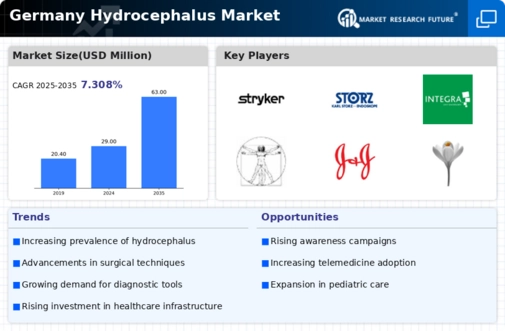
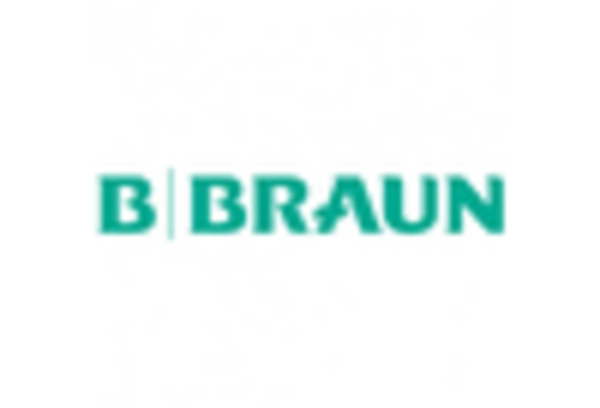
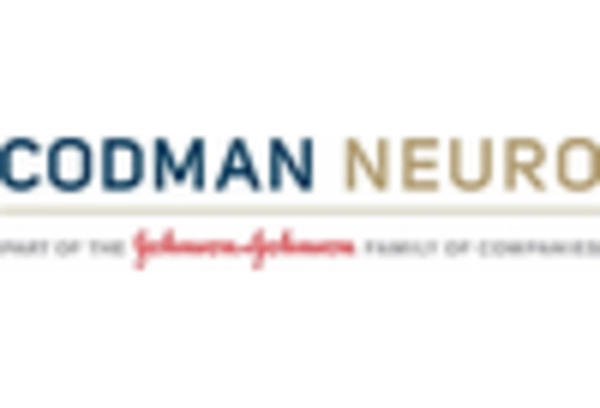
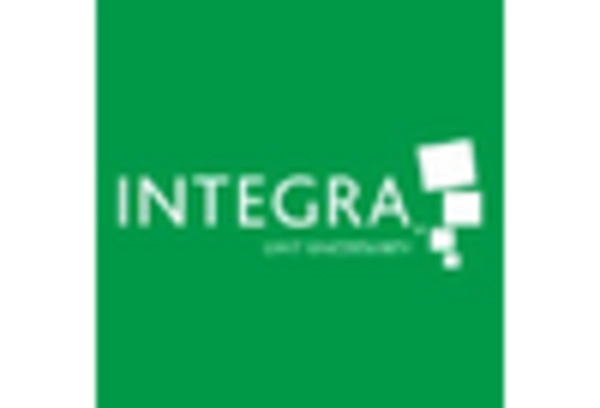


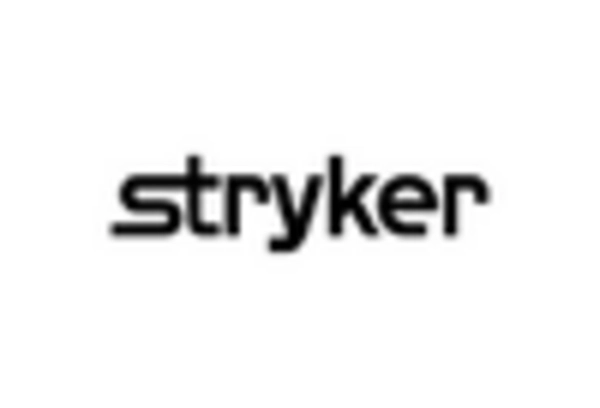








Leave a Comment